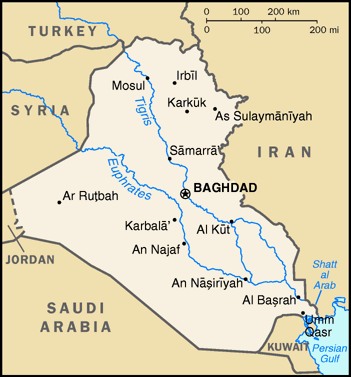With the invasion of the ISIS city of Mosul likely just weeks away, the Pentagon is expressing growing concern about ISIS’ defensive preparations, and while a lot of the focus recently has been on walling off the city, a bigger concern is likely to be the arrays of tunnels ISIS has built over the past two years.
 ISIS had limited tunnels in Sinjar and Ramadi, and a much more substantial network in Manbij. While no one knows for sure, the tunnels in Mosul are likely to have been a very high priority effort for them, and are likely to be a big obstacle for the invasion.
ISIS had limited tunnels in Sinjar and Ramadi, and a much more substantial network in Manbij. While no one knows for sure, the tunnels in Mosul are likely to have been a very high priority effort for them, and are likely to be a big obstacle for the invasion.
The forces set to take part in the invasion are largely not built for tunnel warfare, and while the Pentagon has made much of Congressional funding for “anti-tunnel” technology in recent years, so far they haven’t yielded anything, meaning they don’t have the ability to effectively map the tunnels, nor to avoid booby traps set up in them.
Between this and ISIS’ array of moats, which they are reportedly planning to fill with oil and set on fire, heavy resistance is likely to face the offensive. How well Iraq’s military, which outnumbered ISIS substantially in the defense of Mosul only to flee almost immediately, faces these challenges remains to be seen.


